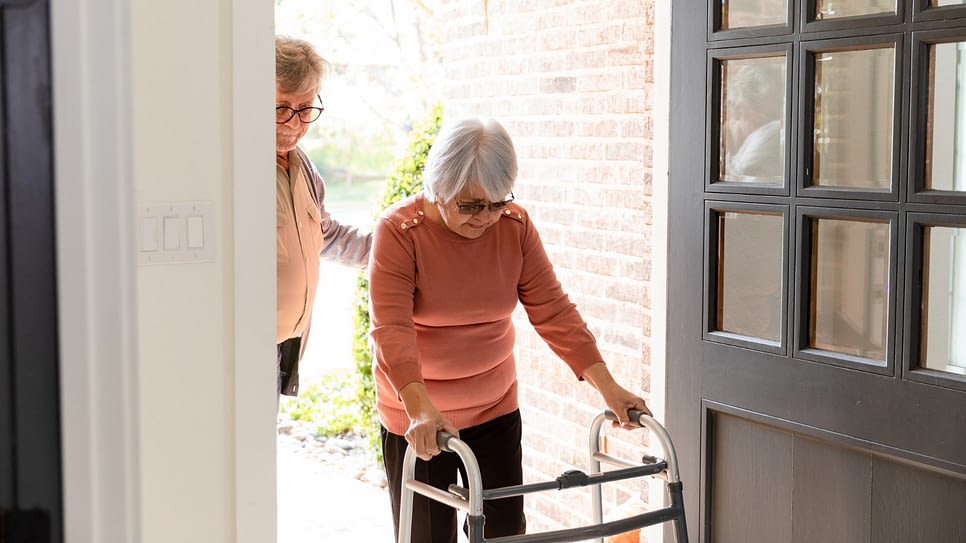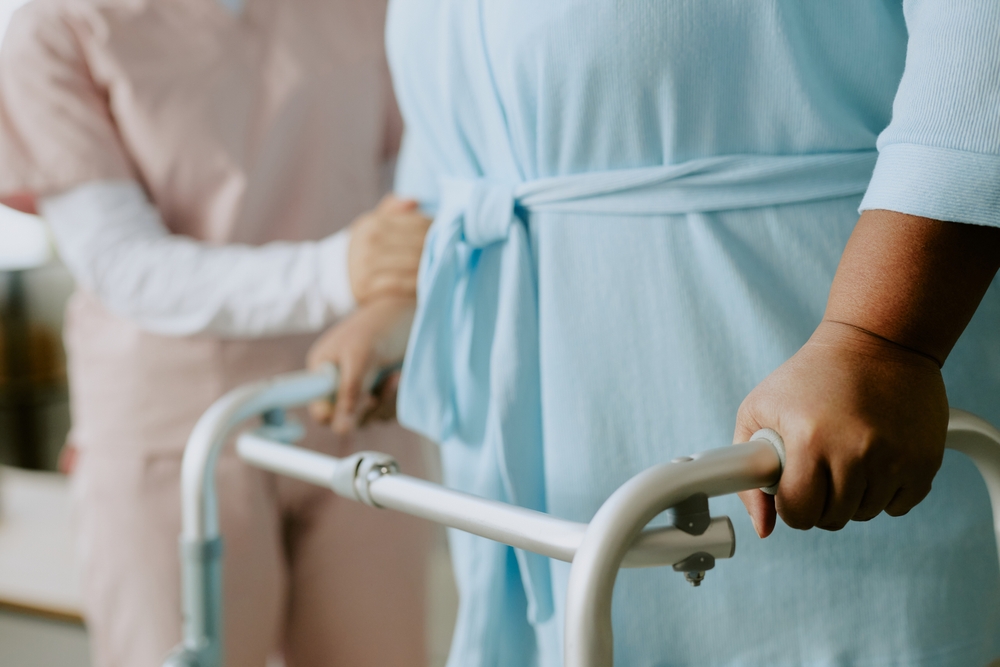Ensuring the safety of our elderly loved ones at home is a priority that many families grapple with. As our family members age, creating a secure and comfortable environment becomes crucial. By implementing effective family tips for elderly home safety, we can help our seniors maintain their independence while ensuring their well-being. In this article, we will explore various strategies to enhance the safety and comfort of elderly individuals in their homes.

Understanding the Importance of Home Safety for Seniors
Aging brings about various changes in physical abilities and health, making home safety a vital concern. Falls, accidents, and health emergencies are common risks that need addressing. By understanding these risks, families can take proactive measures to prevent potential hazards.
Identifying Common Risks in the Home
Identifying potential dangers in the home is the first step in ensuring elderly home safety. Common risks include slippery floors, inadequate lighting, and clutter. Addressing these issues can significantly reduce the likelihood of accidents.
Slippery Floors
Slippery floors are a leading cause of falls among seniors. To mitigate this risk, consider installing non-slip mats and rugs. Ensure that any loose rugs are secured to prevent tripping.
Inadequate Lighting
Proper lighting is essential for seniors to navigate their homes safely. Install bright lights in hallways, staircases, and bathrooms to reduce the risk of falls.
Clutter and Obstacles
Keeping pathways clear of clutter is crucial for preventing accidents. Encourage regular tidying and organization to maintain a safe living environment.
Implementing Safety Measures
Once potential risks are identified, implementing safety measures is the next step. Simple modifications can make a significant difference in ensuring the safety of elderly family members.
Bathroom Safety
Bathrooms are common sites for accidents. Install grab bars and non-slip mats in the shower and near the toilet. Consider [voice-activated devices](https://motions.living/voice-activated-devices-for-seniors/) to control lights and faucets.
Kitchen Precautions
The kitchen is another area where accidents can occur. Ensure that frequently used items are within reach to prevent falls. Utilize [meal safety tips](https://motions.living/meal-safety-for-elderly-living-alone/) to ensure food preparation is safe and easy for seniors.
Living Room and Bedroom Adjustments
In the living room and bedroom, arrange furniture to allow easy movement. Avoid low furniture that may cause difficulty in standing up. Consider [home renovation tips](https://motions.living/home-renovation-tips-for-elderly/) to make these spaces more accessible.
Using Technology for Enhanced Safety
Technology can be a valuable ally in promoting elderly home safety. Devices like smart home systems and personal emergency response systems can provide peace of mind for both seniors and their families.
Smart Home Devices
Smart home devices, such as [Alexa](https://motions.living/alexa-for-elderly-home-safety/), can assist seniors with daily tasks and provide emergency alerts. These devices can be programmed to remind seniors of medication schedules and appointments.
Emergency Response Systems
Personal emergency response systems are wearable devices that allow seniors to call for help in emergencies. These systems can be crucial in ensuring quick assistance when needed.
Promoting Independence While Ensuring Safety
While safety is paramount, it’s essential to balance it with the independence and dignity of elderly family members. Involving seniors in decision-making and respecting their preferences can foster a sense of autonomy.
Encouraging Participation
Encourage elderly family members to participate in creating their safety plan. This involvement can lead to better adherence to safety measures and enhance their overall well-being.
Respecting Preferences
Respect the preferences of elderly individuals when implementing safety measures. Their comfort and familiarity with their surroundings are essential in creating a harmonious living environment.

FAQs
What are the most critical areas to focus on for elderly home safety?
The most critical areas include the bathroom, kitchen, and stairs. Ensuring these areas are free of hazards can significantly reduce the risk of accidents.
How can technology aid in elderly home safety?
Technology, such as smart home devices and personal emergency response systems, can provide real-time assistance and alerts, enhancing safety and peace of mind.
Why is it important to involve seniors in safety planning?
Involving seniors in safety planning ensures that their preferences and comfort are respected, promoting adherence to safety measures and enhancing their quality of life.
For more detailed tips on making a home safe for aging, visit Our Parents’ Guide to Home Safety.
This article contains affiliate links. We may earn a commission at no extra cost to you.





